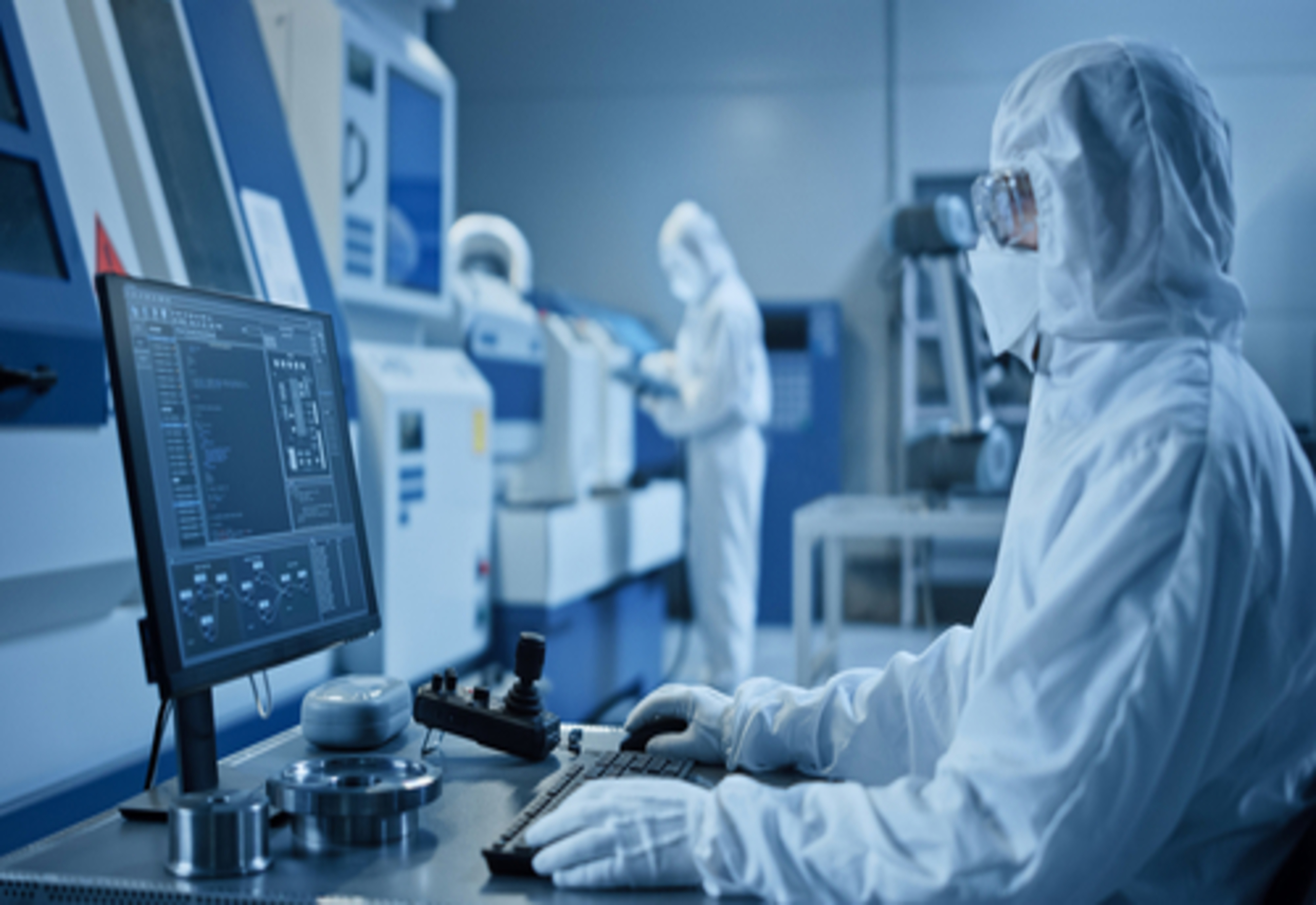Select the Right Oxygen Deficiency Monitor for Your Application
Written by Terri Melle-Johnson on . Posted in Alpha Omega Instruments, Process Insights. No Comments on Select the Right Oxygen Deficiency Monitor for Your Application
When selecting your oxygen analyzer, there many factors to consider for your critical process application.
Oxygen Sensor Types
Today’s oxygen analyzers use one of a several types of oxygen sensors. As industrial process applications call for improved measurement accuracy and repeatability, users are also demanding analyzers that require a minimum of maintenance and calibration. Users of oxygen analyzers are encouraged to evaluate the merits of a particular oxygen sensor type in context to the application for which it is intended. There is no one universal oxygen sensor type.
The synoptic review of the various gas phase oxygen sensors provided below should be used in conjunction with information gathered from manufacturers of oxygen analyzers. This combination will help to ensure the selection of the right sensor type for the application under consideration.
- Ambient Temperature Electrochemical Oxygen Sensors
- Paramagnetic Oxygen Sensors
- Polarographic Oxygen Sensors
- Zirconium Oxide Oxygen Sensors
Ambient Temperature Electrochemical Oxygen Sensors
The ambient temperature electrochemical sensor, often referred to as a galvanic sensor, is typically a small, partially sealed, cylindrical device (1-1/4” diameter by 0.75” height) that contains two dissimilar electrodes immersed in an aqueous electrolyte, commonly potassium hydroxide. As oxygen molecules diffuse through a semi-permeable membrane installed on one side of the sensor, the oxygen molecules are reduced at the cathode to form a positively charge hydroxyl ion. The hydroxyl ion migrates to the sensor anode where an oxidation reaction takes place.
The resultant reduction/oxidation reaction generates an electrical current proportional to the oxygen concentration in the sample gas. The current generated is both measured and conditioned with external electronics and displayed on a digital panel meter either in percent or parts per million concentrations.
With the advance in mechanical designs, refinements in electrode materials, and enhanced electrolyte formulations, the galvanic oxygen sensor provides extended life over earlier versions and are recognized for their accuracy in both the percent and traces oxygen ranges. Response times have also been improved.
A major limitation of ambient temperature electrochemical sensors is their susceptibility to damage when used with samples containing acid gas species such as hydrogen sulfide, hydrogen chloride, sulfur dioxide, etc. Unless the offending gas constituent is scrubbed prior to analysis, their presence will greatly shorten the life of the sensor. The galvanic sensor is also susceptible to over pressurization. For applications where the sample pressure is > 5 psig, a pressure regulator or control valve is normally recommended.
Paramagnetic Oxygen Sensors
Within this category, the magnetodynamic or “dumbbell” type of design is the predominate sensor type. Oxygen has a relatively high magnetic susceptibility as compared to other gases such as nitrogen, helium, argon, etc. and displays a paramagnetic behavior. The paramagnetic oxygen sensor consists of a cylindrical shaped container inside of which is placed a small glass dumbbell.
The dumbbell is filled with an inert gas such as nitrogen and suspended on a taut platinum wire within a non-uniform magnetic field. The dumbbell is designed to move freely as it is suspended from the wire. When a sample gas containing oxygen is processed through the sensor, the oxygen molecules are attracted to the stronger of the two magnetic fields. This causes a displacement of the dumbbell which results in the dumbbell rotating.
A precision optical system consisting of a light source, photodiode, and amplifier circuit is used to measure the degree of rotation of the dumbbell. In some paramagnetic oxygen sensor designs, an opposing current is applied to restore the dumbbell to its normal position. The current required to maintain the dumbbell in its normal state is directly proportional to the partial pressure of oxygen and is represented electronically in percent oxygen.
There are design variations associated with the various manufacturers of magnetodynamic paramagnetic oxygen sensors. Also, other types of sensors have been developed that use the susceptibility of oxygen to a magnetic field which include the thermomagnetic or `magnetic wind’ type and the magnetopneumatic sensor. In general, paramagnetic oxygen sensors offer very good response time characteristics and use no consumable parts, making sensor life, under normal conditions, quite good. It also offers excellent precision over a range of 1% to 100% oxygen.
The magnetodynamic sensor is quite delicate and is sensitive to vibration and/or position. Due to the loss in measurement sensitivity, in general, the paramagnetic oxygen sensor is not recommended for trace oxygen measurements. Other gases that exhibit a magnetic susceptibility can produce sizeable measurement errors. Manufactures of paramagnetic oxygen sensors and analyzers should provide details on these interfering gases.
Polarographic Oxygen Sensors
The polarographic oxygen sensor is often referred to as a Clark Cell [J. L. Clark (1822- 1898)]. In this type of sensor, both the anode (typically silver) and cathode (typically gold) are immersed in an aqueous electrolyte of potassium chloride. The electrodes are separated from the sample by a semi-permeable membrane that provides the mechanism to diffuse oxygen into the sensor.
The silver anode is typically held at a potential of 0.8V (polarizing voltage) with respect to the gold cathode. Molecular oxygen is consumed electrochemically with an accompanying flow of electrical current directly proportional to the oxygen concentration based on Faraday’s law. The current output generated from the sensor is measured and amplified electronically to provide a percent oxygen measurement.
One of the advantages of the polarographic oxygen sensor is that while inoperative, there is no consumption of the electrode (anode). Storage times are almost indefinite. Like the galvanic oxygen sensor, they are not position sensitive. Because of the unique design of the polarographic oxygen sensor, it is the sensor of choice for dissolved oxygen measurements in liquids. For gas phase oxygen measurements, the polarographic oxygen sensor is suitable for percent level oxygen measurements only. The relatively high sensor replacement frequency is another potential drawback, as is the issue of maintaining the sensor membrane and electrolyte.
A variant to the polarographic Oxygen Sensor is what some manufacturers refer to as a non-depleting coulometric sensor where two similar electrodes are immersed in an electrolyte consisting of potassium hydroxide. Typically, an external EMF of 1.3 VDC is applied across both electrodes which acts as the driving mechanism for reduction/oxidation reaction. The electrical current resulting from this reaction is directly proportional to the oxygen concentration in the sample gas. As is the case with other sensor types, the signal derived from the sensor is amplified and conditioned prior to displaying.
Unlike the conventional polarographic oxygen sensor, this type of sensor can be used for both percent and trace oxygen measurements. However, unlike the zirconium oxide, one sensor cannot be used to measure both high percentage levels as well as trace concentrations of oxygen. One major advantage of this sensor type is its ability to measure parts per billion levels of oxygen. The sensors are position sensitive and replacement costs are quite expensive, in some cases, paralleling that of an entire analyzer of another sensor type. They are not recommended for applications where oxygen concentrations exceed 25%.
Zirconium Oxide Oxygen Sensors
This type of sensor is occasionally referred to as the “high temperature” electrochemical sensor and is based on the Nernst principle [W. H. Nernst (1864-1941)]. Zirconium oxide sensors use a solid-state electrolyte typically fabricated from zirconium oxide stabilized with yttrium oxide. The zirconium oxide probe is plated on opposing sides with platinum which serves as the sensor electrodes.
For a zirconium oxide sensor to operate properly, it must be heated to approximately 650 degrees centigrade. At this temperature, on a molecular basis, the zirconium lattice becomes porous, allowing the movement of oxygen ions from a higher concentration of oxygen to a lower one, based on the partial pressure of oxygen. To create this partial pressure differential, one electrode is usually exposed to air (20.9% oxygen) while the other electrode is exposed to the sample gas.
The movement of oxygen ions across the zirconium oxide produces a voltage between the two electrodes, the magnitude of which is based on the oxygen partial pressure differential created by the reference gas and sample gas. The zirconium oxide oxygen sensor exhibits excellent response time characteristics. Another virtue is that the same sensor can be used to measure 100% oxygen, as well as parts per billion concentrations.
Due to the high temperatures of operation, the life of the sensor can be shortened by on/off operation. The coefficients of expansions associated with the materials of construction are such that the constant heating and cooling often causes “sensor fatigue”. A major limitation of zirconium oxide oxygen sensors is their unsuitability for trace oxygen measurements when reducing gases (hydrocarbons of any species, hydrogen, and carbon monoxide) are present in the sample gas. At operating temperatures of 650 degrees centigrade, the reducing gases will react with the oxygen, consuming it prior to measurement thus producing a lower than actual oxygen reading. The magnitude of the error is proportional to the concentration of reducing gas. Zirconium oxide oxygen sensors are the “defacto standard” for in-situ combustion control applications.
Other types of oxygen measuring techniques are under development and in some cases being used for specific applications. They include, but are not limited to, luminescence polarization, opto-chemical sensors, laser gas sensors, et al. As these techniques are further developed and improved, they may represent viable alternatives to the major oxygen sensor types currently in use.

